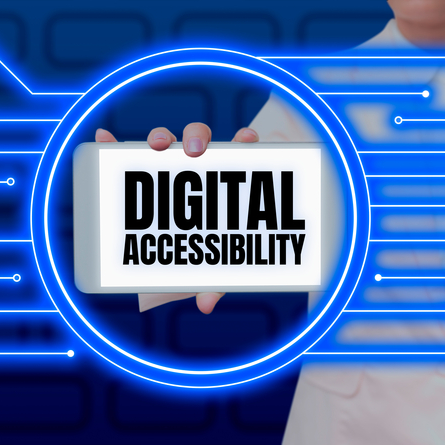
Social media has become an important part of many people’s lives. However, important that social media platforms are accessible to everyone, regardless of their abilities. Digital accessibility ensures that individuals with disabilities can navigate and engage with content seamlessly. Here are some tips to help you to do that.

When posting images, provide descriptive alt text. This benefits users with visual impairments who rely on screen readers to understand the content of images. Most social media platforms now allow you to add alt text to your images – make good use of this feature. Keep descriptions brief – less than 100 characters and concise.
e

Ensure that videos are accompanied by captions or subtitles. This not only aids users with hearing impairments but also benefits those who might be in a noisy environment and prefer to read the content. Make sure that the captions meet the grammar and punctuation rules of the language being used.

When creating hashtags, use camel case (e.g., #AccessibleSocialMedia) to make them more readable for screen readers. This practice ensures that each word in the hashtag is distinct, enhancing accessibility.

Emojis are a fun and expressive way to communicate, but ensure they enhance rather than hinder accessibility. Avoid overusing emojis, and when you do use them, provide context in the text. Screen readers may not interpret emojis accurately, so clear communication is key.

Choose colour schemes with sufficient contrast to aid users with visual impairments. Additionally, use readable fonts and font sizes to ensure that your text is easily legible for all users. Try to keep the colour ratio between for foreground and background to be 4.5:1.

Let your followers know what you are doing and why. The more people that do this the better your communication.

By implementing these tips and best practices, you contribute to creating a more inclusive online community. Social media has the power to connect people from diverse backgrounds, and ensuring accessibility means that everyone can participate fully in these digital conversations. Making it accessible for everyone can only improve the access to information for everyone.